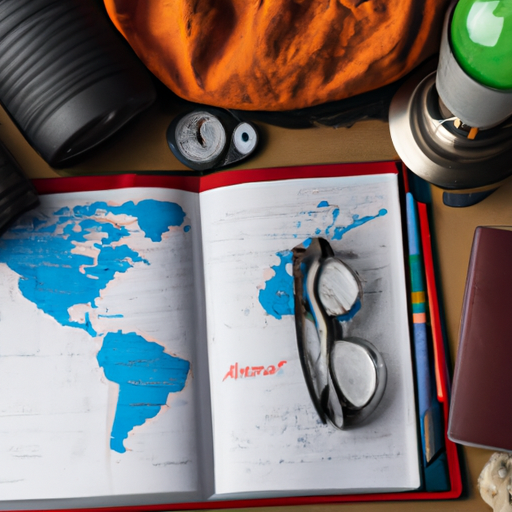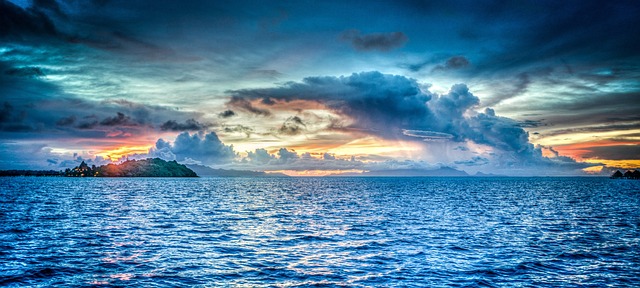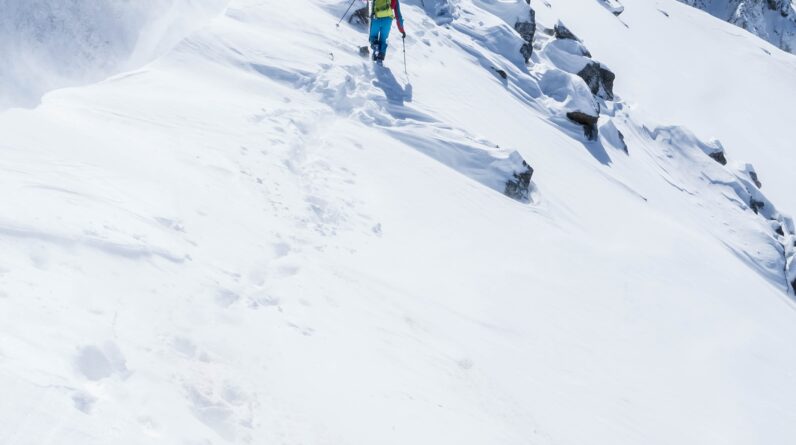
In this article, we’ll explore the topic of climbing Mount Everest and provide you with some useful information. We’ll start by discussing how to approach this challenging adventure and share some tips and tutorials on successfully reaching the summit. Whether you’re an experienced climber or a beginner, this article will provide you with valuable insights and guidance on how to tackle the mighty Mount Everest. So, join us as we explore the fascinating journey of conquering one of the world’s highest peaks.
Table of Contents
How to Climb Mount Everest
Mount Everest, standing tall at a staggering height of 29,032 feet, has always captivated adventurers and climbers from around the world. As the highest peak on Earth, reaching its summit is a remarkable feat. However, climbing Mount Everest is not for the faint-hearted. It requires careful physical and mental preparation, the acquisition of essential skills and experience, the right equipment, meticulous planning, and the ability to manage various challenges that arise during the climb. In this guide, we will walk you through the steps you need to take in order to successfully climb Mount Everest.
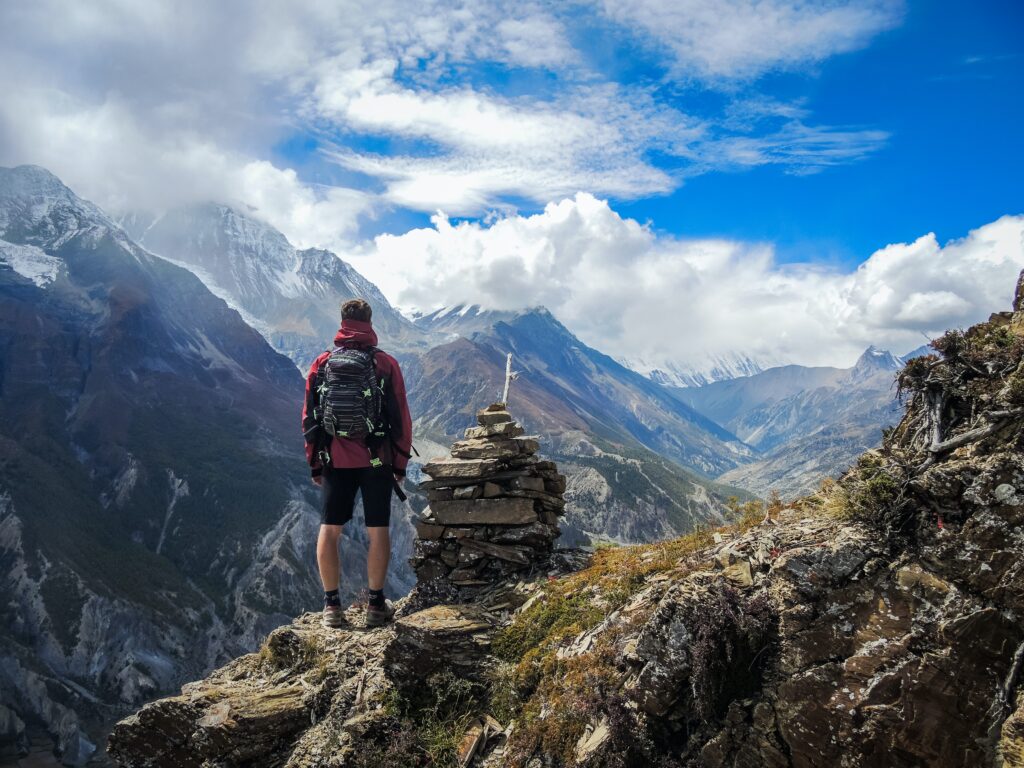
Preparing for the Climb
Physical conditioning
Physical fitness is of utmost importance when preparing for a climb of this magnitude. You must engage in intense physical conditioning to build strength, stamina, and endurance. Regular cardiovascular exercises such as running, biking, or swimming will help improve your lung capacity and overall fitness level. Additionally, incorporating strength training exercises, such as weightlifting and core workouts, will help build the necessary muscular strength required to carry heavy loads and navigate difficult terrains.
Mental preparation
Climbing Mount Everest is an immense mental challenge. It is essential to mentally prepare yourself for the demanding journey ahead. Developing mental resilience, perseverance, and a positive mindset are crucial. Engaging in activities such as meditation and visualization can help strengthen your mental fortitude. Surrounding yourself with a support system of fellow climbers or joining a mountaineering club can also provide encouragement and invaluable advice.
Acclimatization process
One of the most important aspects of climbing Mount Everest is acclimatization. The higher you climb, the thinner the air becomes, and your body needs time to adjust to these changes. Gradually ascending to higher altitudes and taking rest days to allow your body to acclimate will greatly reduce the risk of altitude sickness. During these acclimatization periods, it is essential to stay hydrated and listen to your body’s signals. Patience is key in ensuring a safe and successful climb.
Required Skills and Experience
High-altitude trekking experience
Prior experience in high-altitude trekking is essential before attempting to climb Mount Everest. Gaining experience in climbing peaks higher than 18,000 feet will help you understand the challenges associated with high-altitude environments. Learning how your body responds to reduced oxygen levels and developing strategies to overcome these challenges will be crucial in reaching the summit of Mount Everest.
Ice climbing and technical skills
Apart from high-altitude trekking experience, mastering ice climbing techniques and acquiring technical skills is vital for climbing Mount Everest. Understanding how to use ice axes and crampons, as well as learning rope management and knot tying techniques, will be invaluable during the ascent. Practice these skills in a controlled environment under the guidance of experienced climbers or certified instructors.
Navigation and map reading
Navigating the complex terrain of Mount Everest requires strong map reading skills and a good understanding of navigation techniques. Familiarize yourself with topographic maps, compass use, and GPS navigation systems. Additionally, learning how to assess weather conditions and interpret route finding information will help you plan your ascent and ensure your safety throughout the climb.
Choosing the Right Equipment
Climbing gear checklist
Investing in high-quality climbing gear is crucial for a successful ascent. Your climbing gear checklist should include essentials such as mountaineering boots, crampons, ice axes, harnesses, helmets, ropes, and carabiners. It is important to ensure that all your gear is in excellent condition and properly fits your body. Regularly check and maintain your gear to avoid any equipment failure during the climb.
Specialized clothing and footwear
The extreme weather conditions on Mount Everest require specialized clothing and footwear to stay warm and safe. Layering is key to regulating body temperature, and your clothing should include base layers, insulating layers, and a waterproof and windproof outer shell. Don’t forget to invest in high-quality down jackets, gloves, hats, and mountaineering boots designed for extreme cold temperatures.
Camping and survival equipment
During your climb, you will need to set up camp in various base camps along the route. Ensuring you have the necessary camping and survival equipment is essential. This includes tents, sleeping bags, sleeping pads, cooking utensils, food supplies, water purification systems, and emergency equipment such as first aid kits and satellite communication devices. Properly organizing and packing these items will help ensure your safety and comfort during the climb.
Planning the Route
Researching different routes
There are various routes to reach the summit of Mount Everest, each with its own challenges and features. Researching and understanding the different routes available is crucial in planning your climb. Consider factors such as difficulty level, weather conditions, and available infrastructure. Consult experienced climbers or guidebooks to gather information and choose the route that best suits your abilities and goals.
Considering weather conditions
Weather conditions on Mount Everest are highly unpredictable and can change rapidly. It is essential to closely monitor weather forecasts and plan your ascent accordingly. Favorable weather windows often occur during specific seasons, such as spring and autumn. These periods offer more stable weather patterns with lower wind speeds and less precipitation. However, even during these windows, weather conditions can still be harsh, so it is important to be prepared for all eventualities.
Navigating through base camps
Base camps serve as crucial resting and acclimatization points during your climb. Navigating through these base camps requires a good understanding of the terrain and proper logistics planning. Develop a detailed itinerary that outlines your camp locations, rest days, and supply points. This will help you manage your resources effectively and stay on track throughout your ascent.
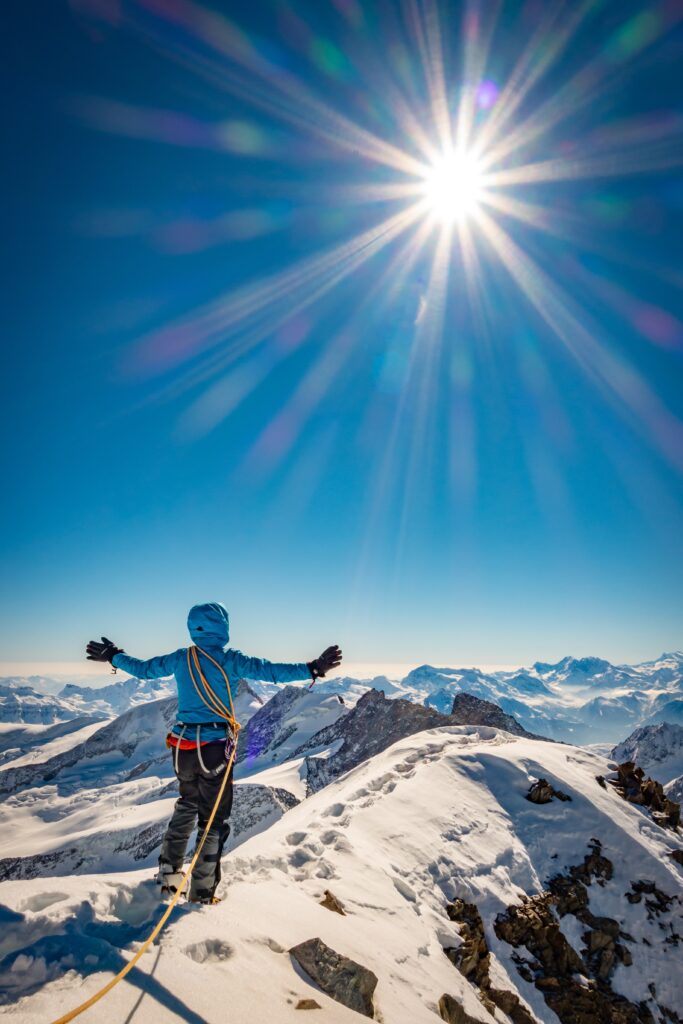
Joining an Expedition
Understanding expedition options
Mount Everest expeditions vary in terms of duration, level of support, and cost. Understanding the different expedition options is essential in choosing the one that aligns with your goals and capabilities. Options range from fully guided expeditions with Sherpa support to smaller, more independent expeditions that require climbers to organize their own logistics. Each option has its own advantages and considerations, so thoroughly research and weigh your options before making a decision.
Selecting a reputable guide or company
When choosing an expedition, selecting a reputable guide or company is of utmost importance. Look for experienced and certified guides who have a proven track record of successful summits and prioritize safety. Read reviews, seek recommendations, and directly communicate with guides or companies to assess their expertise and level of support provided during the climb.
Considering group dynamics
Climbing Mount Everest is a team effort, and the dynamics within your climbing group can significantly impact your overall experience. Consider joining an expedition with like-minded individuals who share similar goals and attitudes towards safety and teamwork. Establishing good communication, trust, and cooperation within your group will enhance the overall climbing experience and increase your chances of a successful summit.
Dealing with Altitude Sickness
Recognizing symptoms
Altitude sickness, also known as acute mountain sickness (AMS), is a common concern for climbers ascending to high altitudes. Symptoms include nausea, headaches, dizziness, and difficulty sleeping. It is vital to recognize these symptoms early on and take immediate action to prevent further complications.
Preventive measures
To minimize the risk of altitude sickness, gradual acclimatization is key. As mentioned earlier, ascending slowly and taking regular rest days allows your body to adjust naturally to the decreased oxygen levels. Staying properly hydrated, avoiding alcohol, and consuming a balanced diet will also aid in acclimatization. Medications such as acetazolamide, prescribed by a healthcare professional, can be used as a preventive measure for altitude sickness.
Emergency response and evacuation
Despite taking necessary precautions, altitude sickness can still occur. It is important to have an emergency response plan in place and be aware of the evacuation options available on the mountain. Familiarize yourself with the procedures followed by rescue teams and make sure you have proper travel insurance that covers medical emergencies in high-altitude environments.
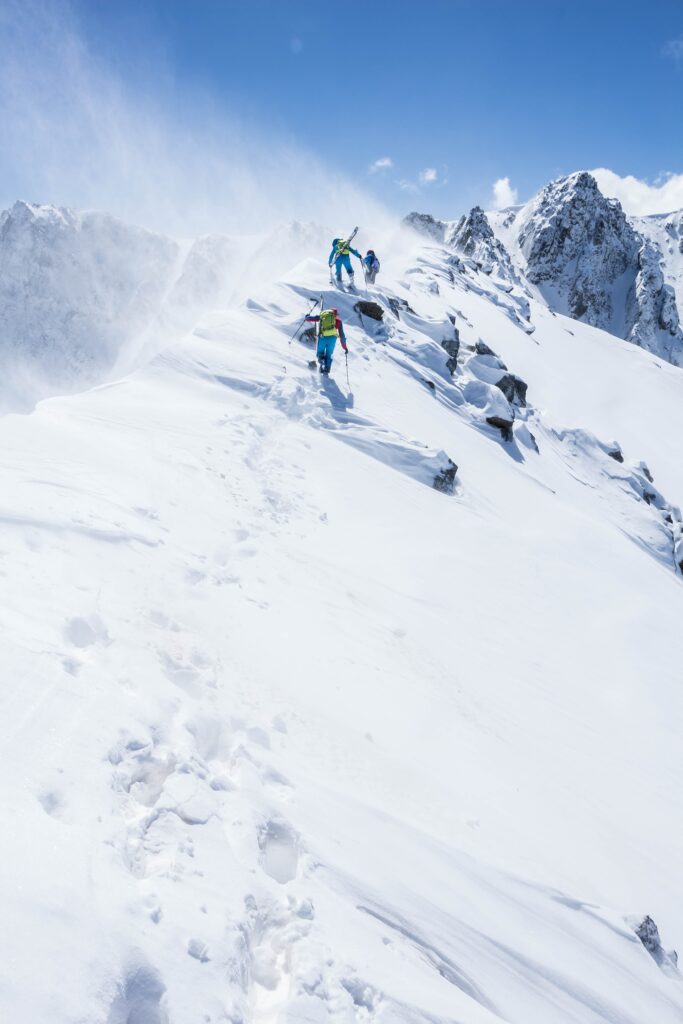
Climbing Techniques and Safety
Rope management and knot tying
Understanding rope management techniques and knowing how to tie essential climbing knots are fundamental skills for any mountaineer. Properly securing yourself to the rope and mastering techniques such as belaying, rappelling, and ascending fixed lines will ensure your safety while navigating steep and challenging sections of the climb.
Ice axe and crampon usage
Ice axes and crampons are essential tools for navigating icy and snowy terrains. Learning how to efficiently use ice axes for self-arrest and maintaining balance, as well as properly fitting and adjusting crampons, will greatly enhance your ability to traverse difficult icy slopes and glaciers.
Geographical hazards and safe navigation
Mount Everest presents various geographical hazards such as crevasses, seracs, and avalanches. Acquiring knowledge of these hazards and learning safe navigation techniques is crucial to avoid accidents and maintain your safety. Recognizing warning signs, utilizing proper route-finding skills, and constantly being aware of your surroundings will help you make informed decisions during the climb.
Managing Climbing Challenges
Extreme weather conditions
Mount Everest is known for its extreme weather conditions, including high winds, freezing temperatures, and heavy snowfalls. It is crucial to be prepared for these challenging weather conditions by carrying additional layers of clothing, protecting exposed skin, and having adequate shelter options.
Avalanche risk assessment
Avalanches pose a significant threat on Mount Everest. Understanding how to assess avalanche risk and learning techniques such as using avalanche beacons, shovels, and probes are essential safety considerations. Regularly monitoring snowpack conditions and consulting avalanche professionals or local guides will help you make informed decisions and minimize the risk of encountering avalanches.
Physical and mental fatigue
Climbing Mount Everest is physically and mentally demanding, requiring immense strength and endurance. It is important to recognize the signs of physical and mental fatigue and take appropriate rest breaks to recuperate and recharge. Maintaining a healthy diet and staying properly hydrated throughout the climb will also help combat fatigue and maintain optimal performance.

Reaching the Summit
Slow and steady progress
Reaching the summit of Mount Everest is not a race. It is important to maintain a slow and steady pace throughout the climb to conserve energy and increase your chances of success. Regularly monitor your physical and mental state and make necessary adjustments to your pace if needed. Remember, success is determined by reaching the summit and returning safely.
Team coordination and support
Climbing Mount Everest is a team endeavor, and effective teamwork is vital for a successful ascent. Communicate regularly with your team members, offering support and assistance when needed. Establishing a strong bond and sense of camaraderie within your team will provide encouragement and motivate you to overcome challenges together.
Celebrating the achievement
Reaching the summit of Mount Everest is an incredible achievement that only a select few have accomplished. Take a moment to savor this monumental accomplishment and appreciate the stunning views and the sense of accomplishment that comes with standing atop the highest peak on Earth. Remember to celebrate responsibly and follow the principles of Leave No Trace, ensuring that the mountain is left undisturbed for future climbers.
Conclusion
Climbing Mount Everest is a remarkable undertaking that requires careful planning, physical and mental preparation, and the acquisition of essential skills and experience. By following the steps outlined in this guide, you can increase your chances of a successful climb while ensuring your safety throughout the journey. Mount Everest, with its awe-inspiring beauty and immense challenges, awaits those who are willing to push their limits and embark on this extraordinary adventure. So prepare yourself, gather your gear, and dare to conquer the world’s highest peak – Mount Everest awaits you.
